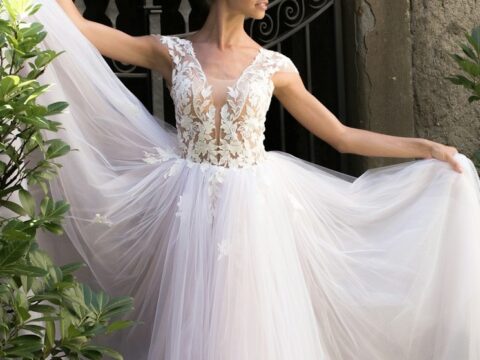So . . . I have a confession to make: I am not a fan of the Disney movie Frozen. I know, I know! This is a killing offense in certain circles, but before you come for me with pitchforks, allow me to explain. The movie is definitely funny and great for kids, and I do like some of the songs that haven’t been played to death. But when it comes to the actual story of Frozen? I’m not a fan of all those plot holes. Or the fact that Frozen barely even resembles its source material, Hans Christian Andersen’s Snow Queen. I like loose adaptations as much as the next girl, but seriously, did the Disney team even read this fairy tale?
Because the original Snow Queen is NOTHING like Frozen. You could argue that the stories kind of have the same overarching message . . . I guess? If you have no idea what I’m talking about, then buckle up. I’m about to divulge nine different ways that Disney took some serious liberties with the Snow Queen.
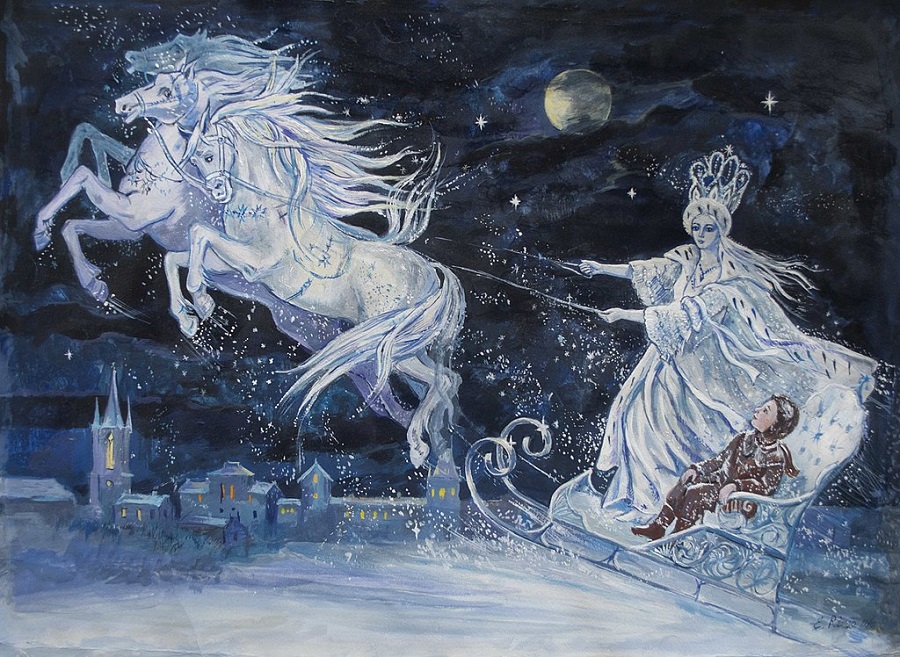
1. First, the Original Story Is Long & Quite Complex
The premise of Frozen is fairly straightforward. Elsa has winter powers she can’t control. She flees her kingdom and accidentally curses Arendale into an eternal winter. Then her sister goes on a journey to find Elsa, and together Elsa and Anna use the power of love to save the kingdom. There are some extra conflicts along the way, but that’s basically Frozen.
In contrast, the Snow Queen is the longest story Hans Christian Andersen ever wrote. And he did not scrimp on the details. This tale is a compilation of seven fairy tales that tell one continuous story with many characters. The main plot is an epic quest of a little girl searching for her kidnapped friend, and she journeys through many kingdoms and magical realms. Despite its magical setting, Andersen added Christian imagery into this story since religious themes are one of his trademarks. So there are lots of layers and possible interpretations of the Snow Queen.
2. The Main Characters are Little Children, NOT Lovers
The inspiration for Frozen’s Anna and Kristoff came from the two main characters of the Snow Queen: Gerda and her best friend Kai (or Kay in many versions). These young city kids live next door to each other and share a rooftop garden filled with roses. There isn’t a lick of romance in this story; just a purely platonic connection between two childhood friends.
And unlike Anna and Kristoff, the children don’t go on their quest together. Gerda travels alone through many unfamiliar lands to rescue Kai, not some sister with isolation issues, thanks very much. Gerda’s just trying to find the beloved boy from next door who went mysteriously missing. Although the neighbors believe that Kai is dead, Gerda knows he’s still out there. Turns out she was right.
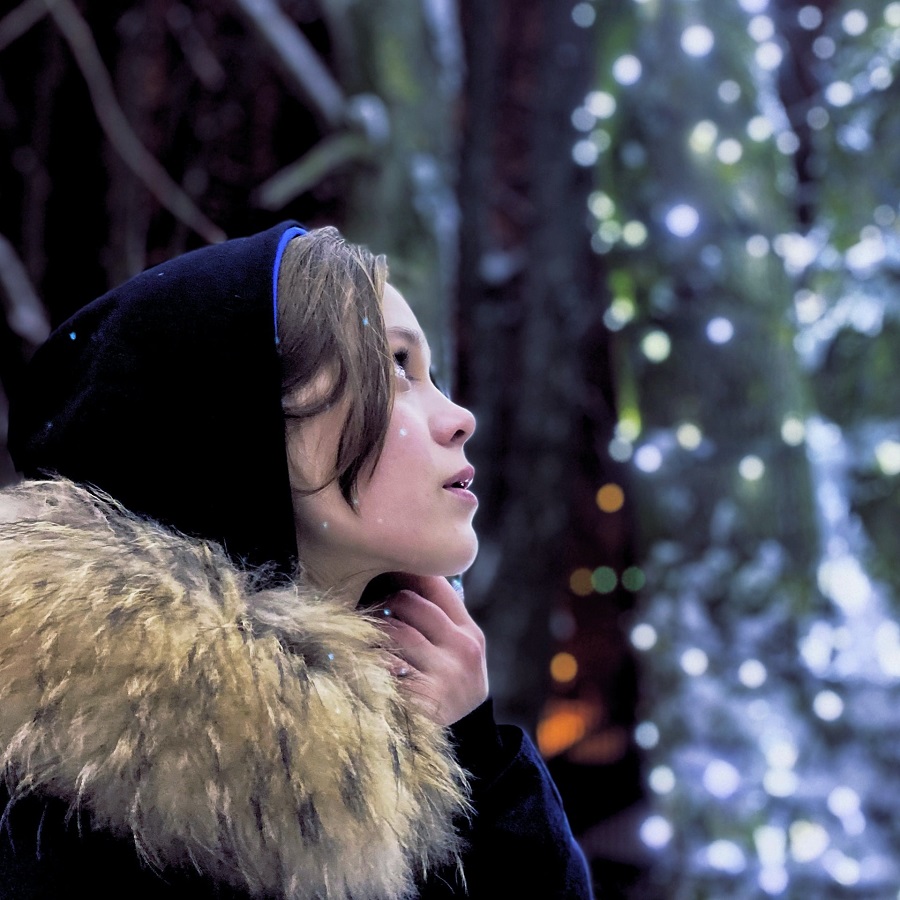
3. An Evil Troll Mirror Is at the Central Conflict
While Frozen kicks off with Elsa’s dangerous powers, Hans Christian Andersen starts with a threat completely outside of the two children. A threat that’s honestly pretty . . . random? I guess magic mirrors are a popular fairy tale motif. Anyway, an evil troll (or devil depending on the translation) has a magic mirror that makes good things appear horrible and horrible things appear good. While the troll’s minions are playing with this magical relic, the mirror shatters and blows across the whole world.
The shards of evil mirror end up lodged in the eyes and hearts of humanity. One of the mirror’s victims is little Kai, who gets shards in his eyes and his heart. The effects of the mirror are immediate, making Kai hate the sight of Gerda and treat her terribly. As their beautiful friendship dissolves, Kai’s shards of evil attract another malevolent being. Enter the titular Snow Queen in all her frostbitten glory.
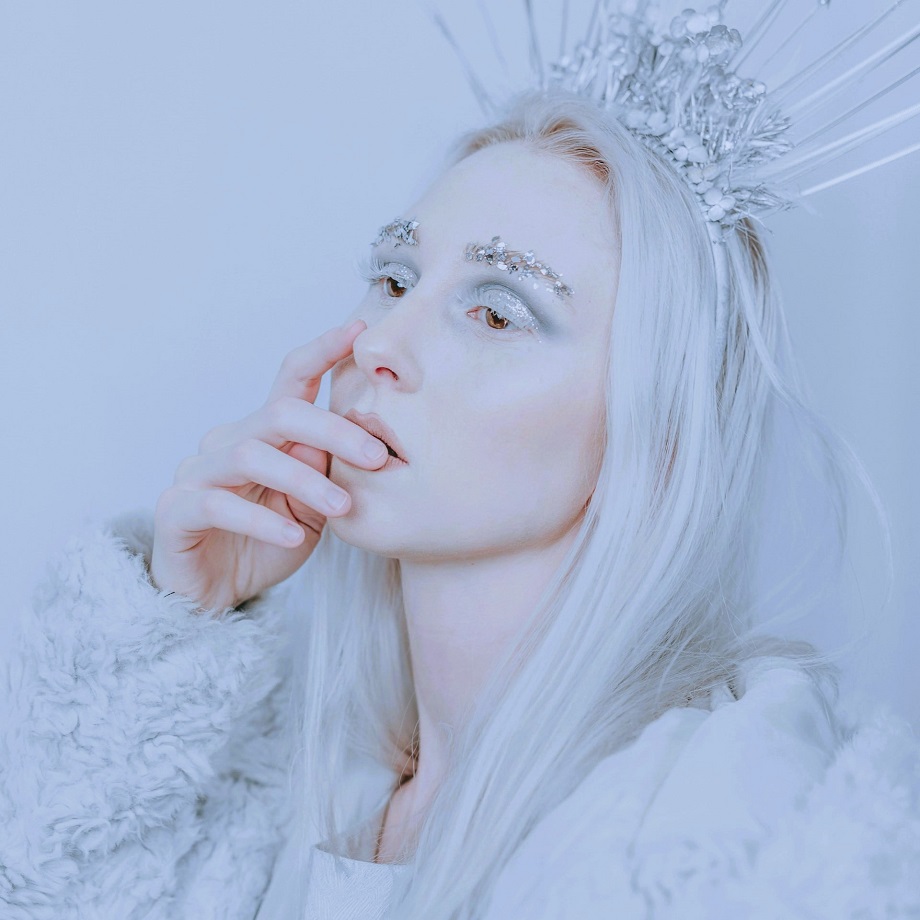
4. The Original Snow Queen Is a Villain
I acknowledge that Queen Elsa has become a symbol of female empowerment, a beacon of living your truth, and a beloved fashion icon for little girls the world over. But her literary doppelganger, the Snow Queen, is a villain through and through. In the original story she’s a cold, heartless fairy drawn to Kai’s cold intelligence and the evil mirror shards in his eyes and heart. She lures him away from his home town, and once he’s hopelessly lost in the snowy forest, she kisses him to wipe away his memories and whisks him away to her fortress in the far north. Basically the Snow Queen kidnaps Kai to turn him into her pet in a wasteland where humans have no hope of long-term survival. Talk about cruel.
I get that “Let It Go” was just too good of a power ballad to make Elsa a villain, but they should have picked a better replacement villain than Prince Hans. That storyline made NO SENSE in my humble opinion.
5. It’s Possible the Snow Queen Has a Sister—But She Has Powers
The Snow Queen has a magical counterpart who might be her sister, but the fairy tale never explicitly confirms this. Once little Gerda leaves on her long and terrifying quest to find Kai, she encounters a fairy who owns a magical garden in the woods. This Summer Fairy’s powers make flowers grow, the exact opposite effect of the Snow Queen’s power. Just as the Snow Queen is drawn to Kai’s coldness and decides to keep him, the Summer Fairy is drawn to Gerda’s innocence and decides to brush her memories out of the child’s hair and keep her in the garden forever. Sound familiar?
Seriously though, I’m unclear why these fairies are so obsessed with children. Maternal instinct maybe? At least they don’t want to eat the children, but you can definitely see how these two magical women could be related. It’s just one of many theories about the Snow Queen.
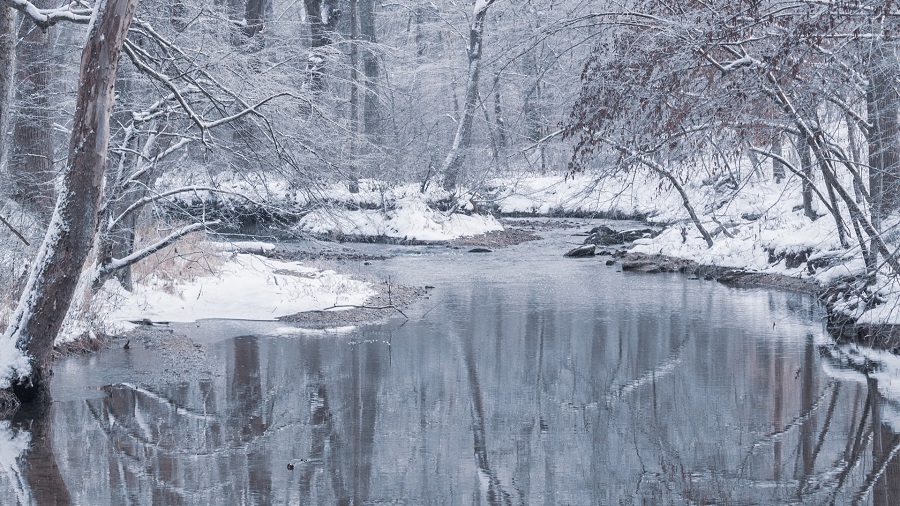
6. Basically the Entire Cast of the Snow Queen Is Female
Rereading this fairy tale as an adult, I quickly noticed something odd: almost every character we meet is female. Young Kai is barely in the story since he’s the kidnapping victim we’re chasing. There’s also a prince that Gerda meets on one of her adventures, but this story doesn’t pass the Reverse Bechdel Test of having at least two male characters talk to each other about something that’s not a woman. That’s insanely rare for a story in the fairy tale genre to fail the Reverse Bechdel Test.
Many fairy tales have only one female character who is silent or mostly unconscious. And if they do have multiple female characters, these women often don’t interact. The Snow Queen’s extremely female-heavy cast is yet another example of Hans Christian Andersen writing about the ignored or oppressed members of society. It’s an interesting pattern if you read more of his work.
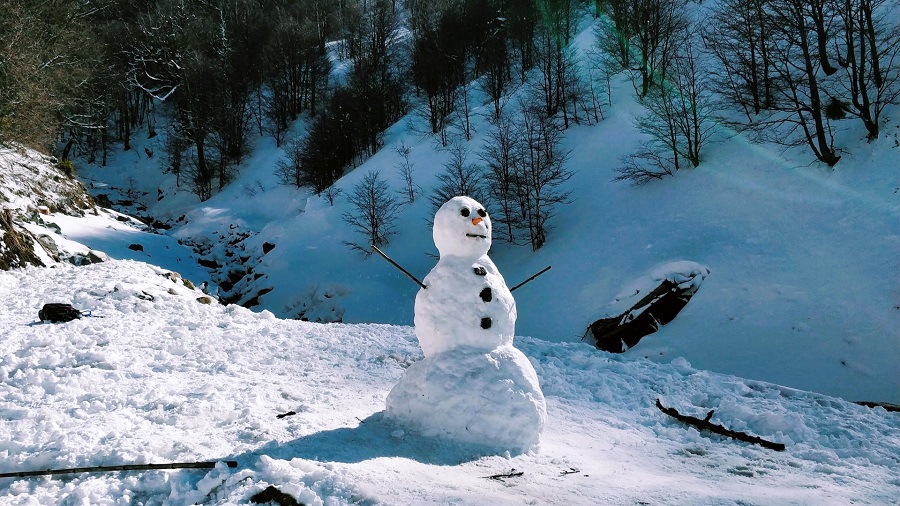
7. There’s No Magic Snowman Here—or Humor for that Matter
Not to break any hearts out there, but Disney added Olaf purely for the kids. The Snow Queen is a pretty somber tale. And kind of preachy actually, but that’s normal for Hans Christian Andersen. Most of his stories have heavy-handed Biblical imagery and strong messages about living Christian values and finding your happy ending by being kind and gracious.
This story is no exception. Gerda finds Kai by staying true and maintaining her childlike innocence no matter what challenges face her. Her pure nature saves her multiple times from losing her way. She gets directions and resources from just about everyone she meets, including a whole bunch of talking animals, an anthropomorphic river, and even some talking flowers in the magical garden. So this isn’t a completely cheerless story. Speaking of talking animals . . .
8. There Is a Reindeer! Who’s the Pet of a Band of Robbers
Say what now? Yes, this reindeer is definitely not Sven, nor is he Kai’s trusted pet. During one of Gerda’s many adventures, she gets captured by a band of robbers and almost loses all hope of escaping and finding Kai. But her salvation comes when a savage little robber girl orders Gerda to be her playmate.
The robber girl asks for the full story of what happened to Kai, and her talking animals tell Gerda that they’ve seen Kai with the Snow Queen. And they know where to find him. Out of compassion for her little friend, the robber girl frees Gerda, gives her provisions, and lends her a talking reindeer to carry her to the Snow Queen’s palace. And yes, said reindeer can totally talk even if Sven couldn’t in the movie.
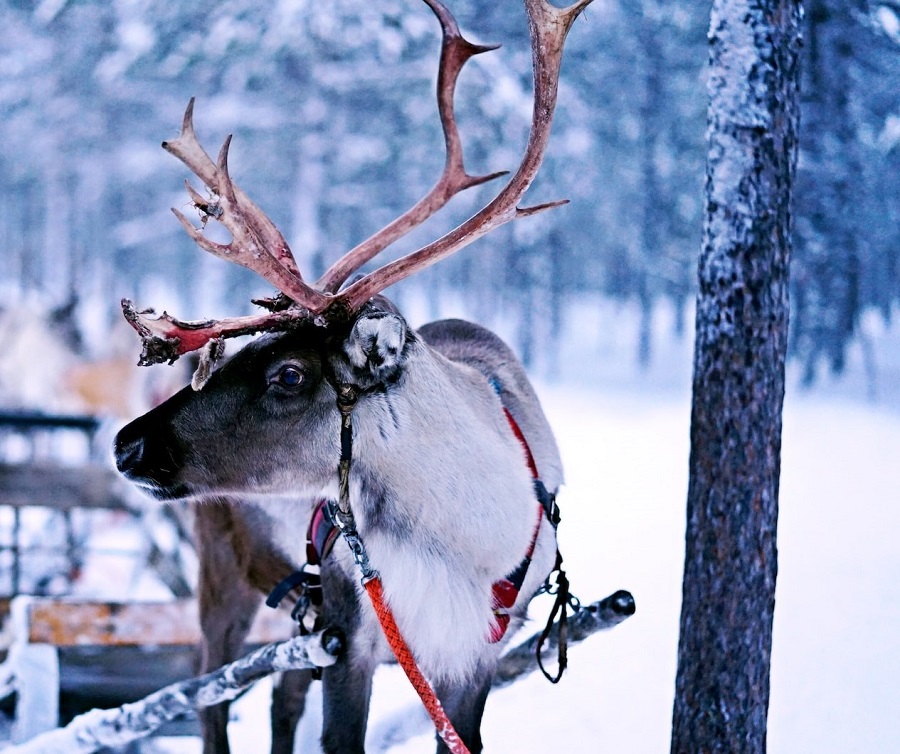
9. The Ending is Different Too, But Just as Wholesome
In the climax of Frozen, Elsa uses the power of love to save her sister and thaw the whole kingdom. Like REALLY easily without any explanation as to why this happened . . . but enough on the plot holes. I’m already on dangerous ground with Frozen fans everywhere, so let’s just say the Snow Queen ends differently.
When Gerda finally catches up with Kai, she finds him all alone and almost frozen in the Snow Queen’s palace. The winter fairy abandoned him to go hang out in warmer weather. (I guess the cold DOES bother her anyway.) When Gerda falls onto Kai and cries, her warm tears thaw his frozen heart and wash the evil mirror shards out of it. Kai finally awakes, remembers who Gerda is, and cries his own tears, washing the rest of the shards from his eyes. Finally returned to his former innocence, Kai goes with Gerda back to the city, and they live happily ever after.
So What’s the Takeaway Message?
While Frozen’s grand message is about sisterly devotion and love being the fix for everything (apparently?), the Snow Queen has a little more depth to it. Of course the fairy tale is also about love and Gerda’s determination to never give up on Kai, but Hans Christian Andersen isn’t subtle about the main message of the story: that we should all strive to be more pure and childlike. The whole story is a series of tests where Gerda proves herself pure of heart again and again. In the Snow Queen’s frozen palace, it’s Gerda’s genuine show of emotion that restores Kai’s innocence as well. It’s quite sweet.
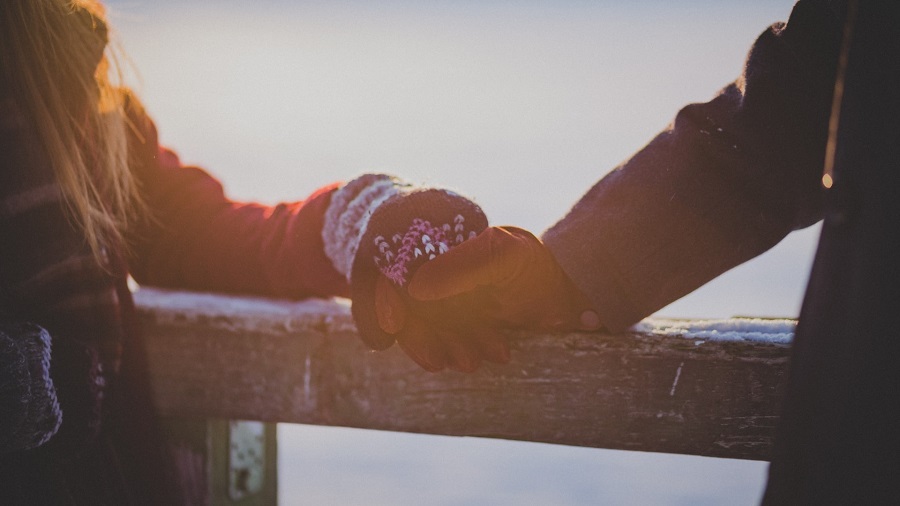
The Snow Queen plays around with several other enduring themes—temptation, logic versus emotion, warmth versus cold, the power of memories, etc. But the big one that the fairy tale and the movie share is that selfless love can rescue people from even the most helpless situations. Gerda saves the day because of her pure and loving heart, and Frozen is going for the same message. It’s Anna’s gumption, faith, and pure heart that bring the kingdom back together, so props to Disney for keeping the cornerstone of the Snow Queen intact. I’ll even forgive you for tossing in the talking snowman. ❧


